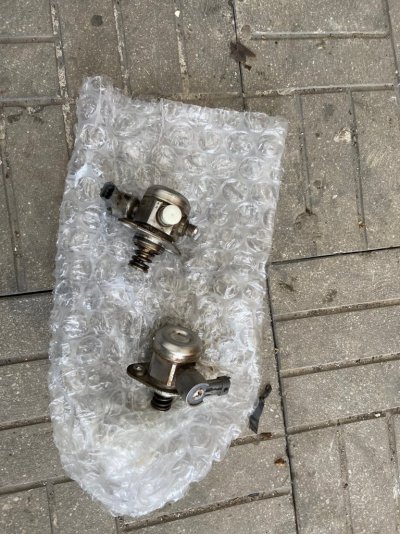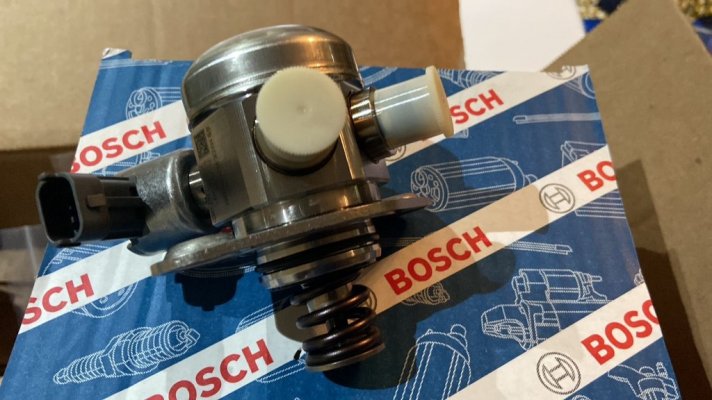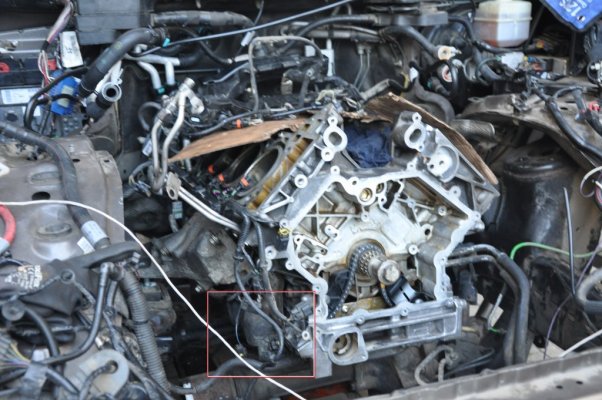Just finished replacing my hpfps! What a job! Fortunately this thread, along with others made it very doable for someone comfortable with routine maintenance.
This thread describes essentially the exact problem I had:
https://www.landroverworld.org/threads/common-fuel-pressure-issue.45332/
My truck is a 2012 with 107k. It had several previous owners who likely ran regular through it and didn’t necessarily give it the TLC it deserves. I had chains/tensioners done about 5k ago. I decided based on others experience that I wouldn’t need bother with the sensor as it seems to rarely fix the problem and it is in an extremely tough spot to get to.
If you follow the methodology in the first two posts of this thread you will be good to go. This thread about alternator removal helped (torque specs included):
https://www.landroverworld.org/threads/howto-diy-lr4-alternator-replacement.28780/
Additionally, this thread has some factory manual excerpts and some more specs:
https://www.landroverworld.org/threads/high-pressure-fuel-pump-question.41999/
For the record I did not replace the fuel lines, but I did replace the tappets (cam followers).
A couple additional lessons/tips I learned: Before you start, pull the fuel pump fuse/relay in the right fuse box by the battery (they have a gas pump on the fuse box diagram). Then try and start the car for a couple cranks to reduce the pressure/amount of fuel in the lines.
I did not remove the manifold or the fan shroud. I released the serpentine belt tensioner from below. With just the top engine cover removed you have enough room to access the crossover fuel line to relieve the pressure.
I also was one of those guys who tried to skip steps to try and minimize the tear down/re-build timeline…apart from the manifold and fan housing (your discretion), just do it how
@Pfunk951 said. I tried not to remove the wheel well liner and while I was able to get the alternator out, I eventually did just go ahead and remove it to give better visibility around the pumps and removing the alternator would have been way easier with it removed….
The antenna described on the back side of the wheel well liner is attached with the two Phillips screws on the front side of the liner. If you don’t loosen those you may pull the antenna out accidentally so be aware (pics attached)
On the subject of the alternator…removing the pulse width modulation plug from the back of that thing was the hardest part bar none. I definitely thought I was going break the singe wire attached to the plug. I tried prying with a screwdriver, I tried pushing down the tab while pulling with gloves, I tried needle nose pliers…then I tried a small pair of regular pliers which fully depressed the tab and provided enough grip to pull the connector out.




